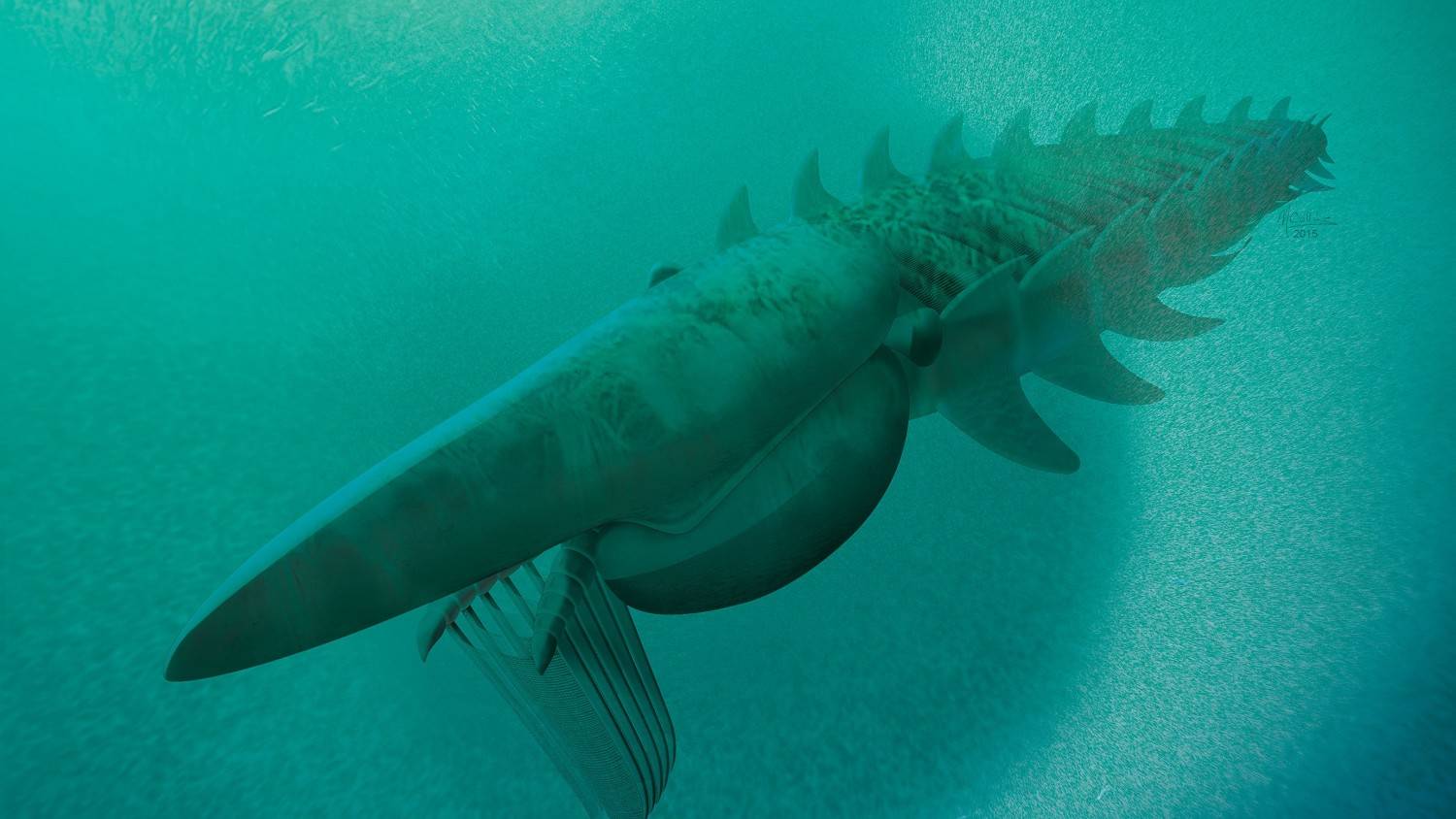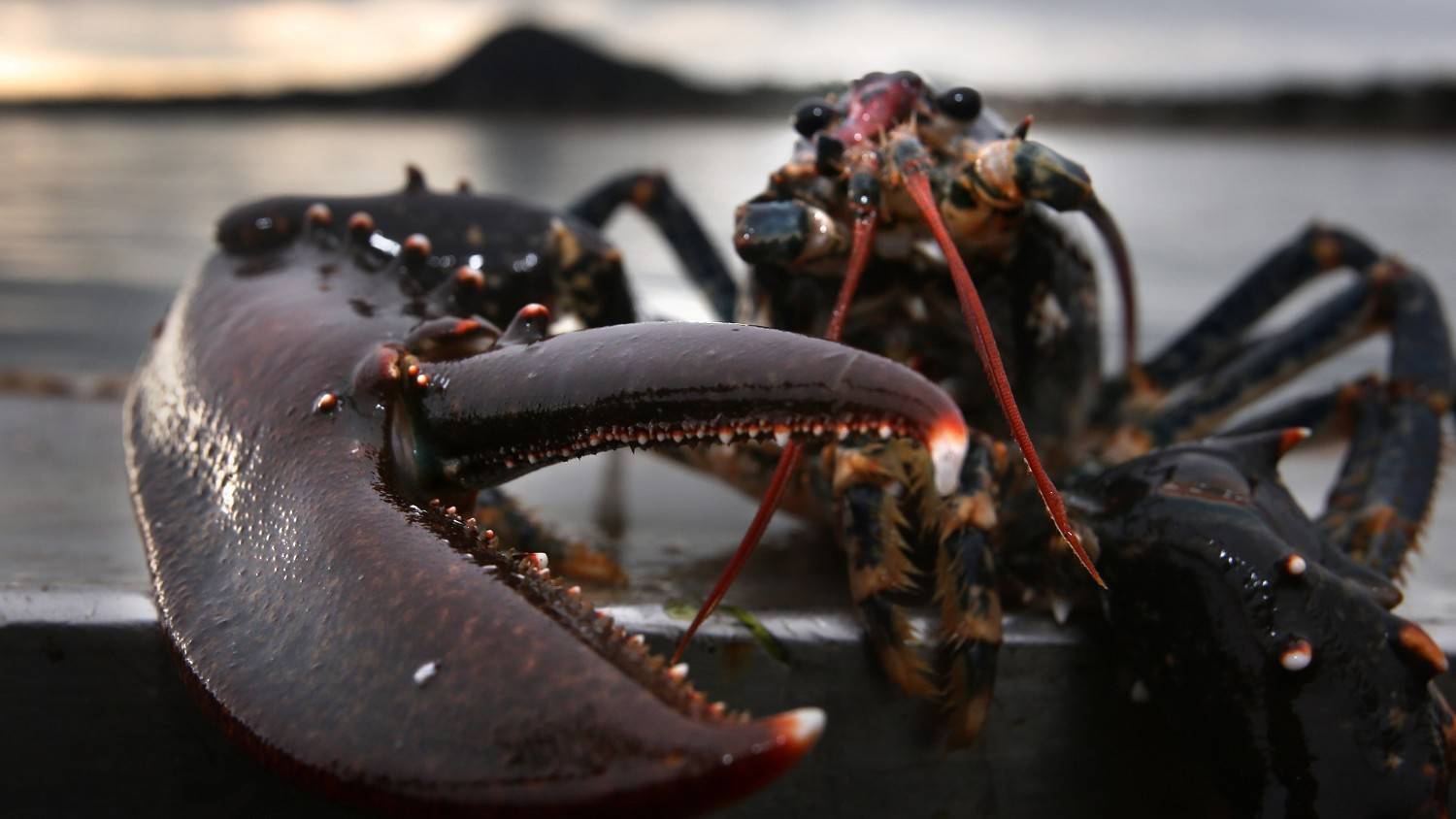Fossil ‘lobster’ as big as a human
A filter-feeding “lobster” as big as a human took the place of whales 480 million years ago, a new fossil find has shown.
The two-metre (6.5ft) prehistoric creature, whose remains were unearthed in Morocco, lived at a distant time when life was just starting to get into its stride.
It belonged to the family of anomalocaridids that were the early ancestors of modern crustaceans, insects and spiders.
But while most of its relatives were shark-like apex predators with circular mouths ringed by sharp teeth, the new species, named Aegirocassis benmoulae, was a gentle giant.
Like modern day whales, it filtered seawater to trap tiny particles of food, using spine-covered “limbs” on its head.
It is thought to be the oldest giant filter-feeder ever discovered.
Dr Allison Daley, from Oxford University, who co-led a team studying Aegirocassis writing in the journal Nature, said: “This would have been one of the largest animals alive at the time.
“These animals are filling an ecological role that hadn’t previously been filled by any other animal. While filter-feeding is probably one of the oldest ways for animals to find food, previous filter-feeders were smaller, and usually attached to the sea-floor. We have found the oldest example of gigantism in a freely swimming filter-feeder.”
A. benmoulae was named after the Moroccan fossil hunter who discovered it, Mohamed Ben Moula.
The three-dimensional fossil, exposed using tiny needle-like tools to chip away the surrounding rock, is exceptionally well preserved. In contrast, other anomalocaridid fossils have been flat, like pressed leaves.
“Without these 3D remains, we may never have got the insight into these animals’ anatomy that we did,” said Dr Daley.
The fossil shows that Aegirocassis had pairs of swimming flaps along its body, which were likely to be precursors of the unique double-branched appendages seen in modern crustaceans.
Press Association
Source: www.independent.ie


